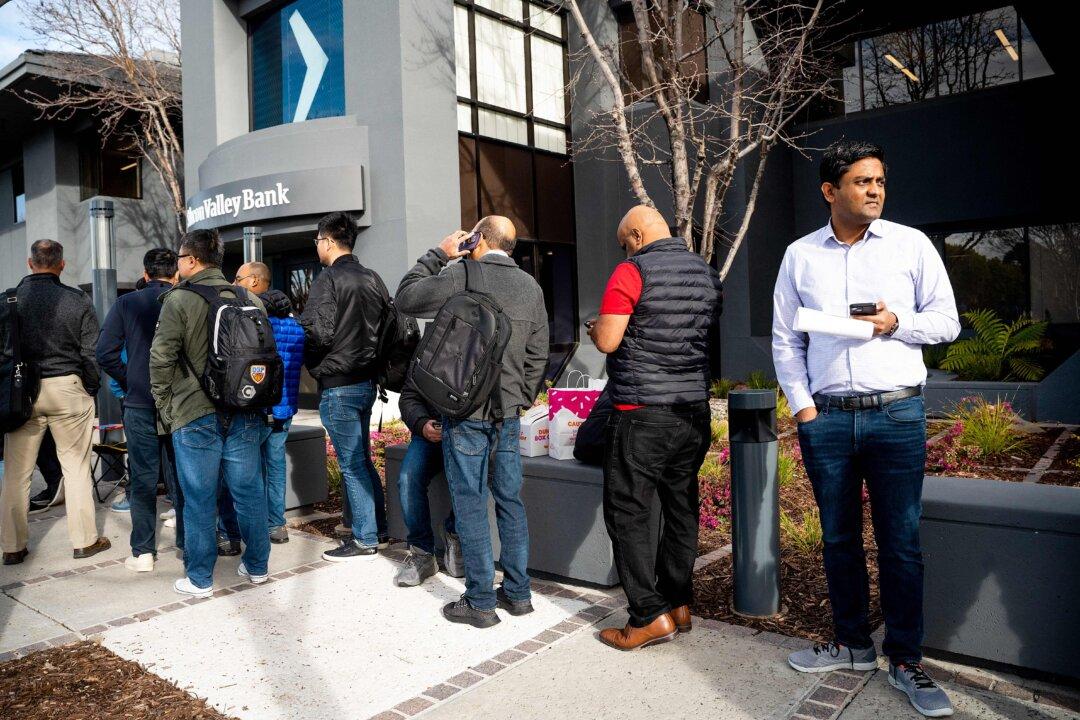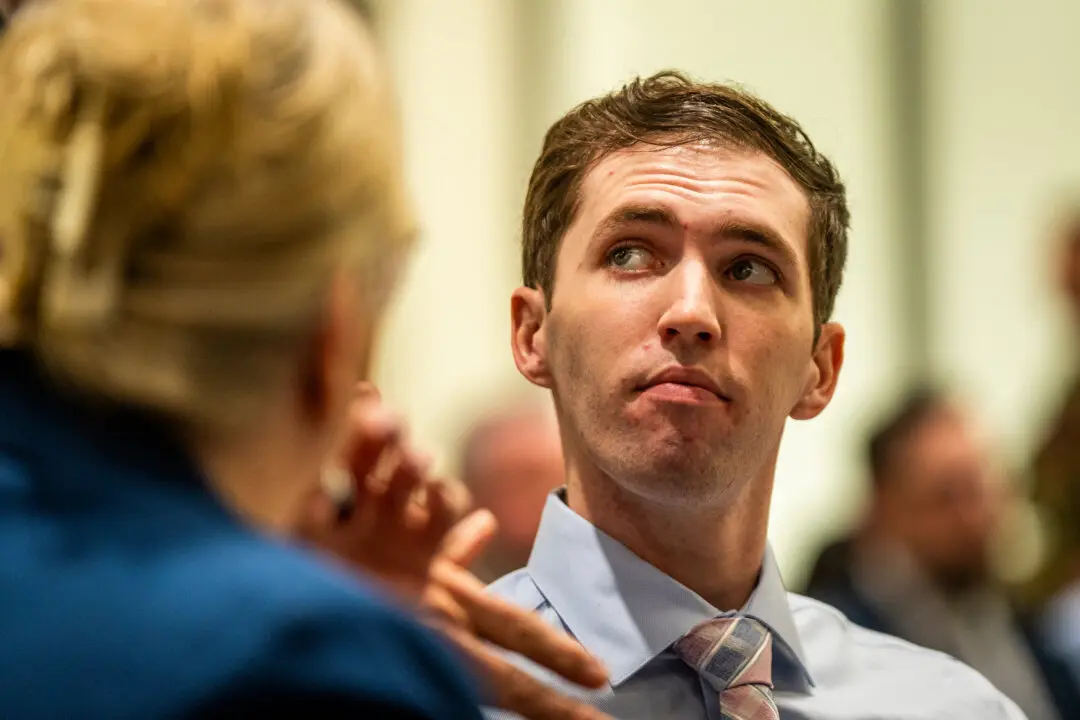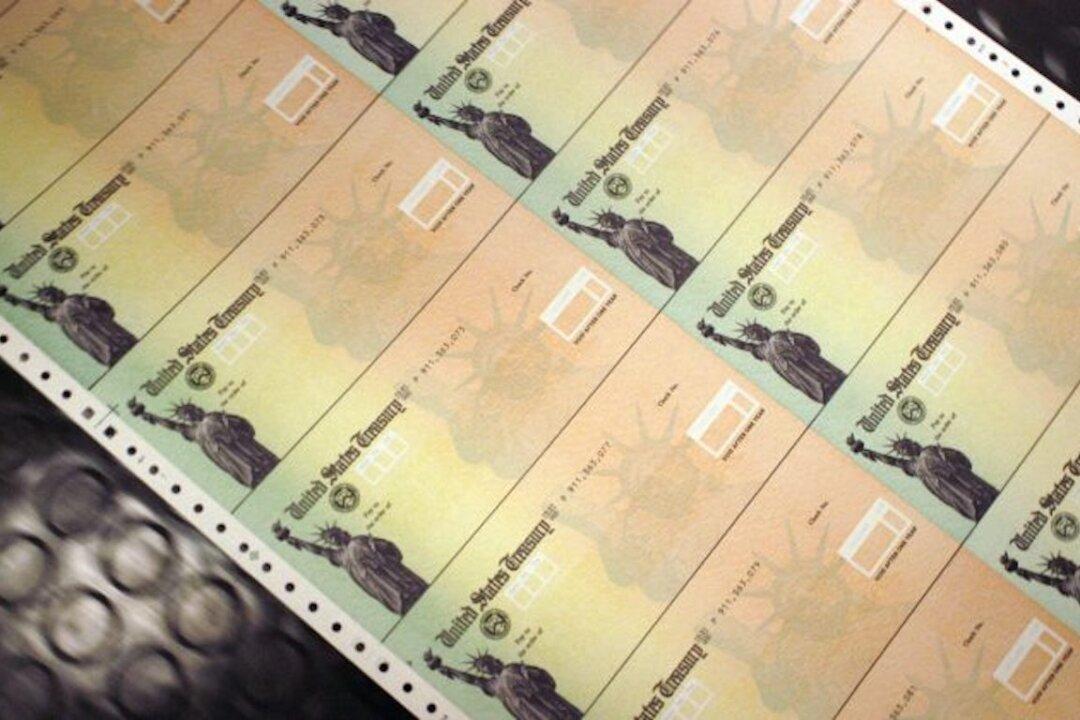Nearly 200 more banks could be vulnerable to the same type of risk that collapsed Silicon Valley Bank (SVB) earlier this month, according to a recently published study.
There are 186 banks across the United States that could collapse if half of their respective uninsured depositors withdraw their funds, researchers with the Social Science Research Network found. Deposits at member banks of up to $250,000 are insured by the Federal Deposit Insurance Corp., although the agency agreed to insure depositors’ funds far above that after SVB’s collapse this month.





